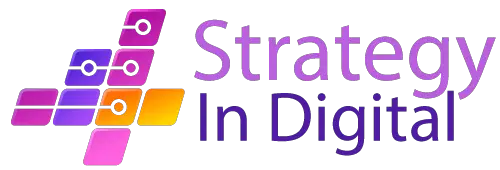Introduction: Selecting the right image format is crucial for various purposes, from your online store’s product images to logos. This guide will delve into the differences between popular image formats—PNG, JPG, TIFF, GIF, and the relatively new WEBP. Understanding these distinctions is essential for optimizing your website’s performance and visual appeal.
Choosing the Right Image Format: A Comprehensive Guide
1. JPG (Joint Photographic Experts Group): One of the most widely recognized image formats, JPG is synonymous with lossy compression. This means that manipulating or resizing the image results in a loss of quality. Ideally suited for digital and photographic image compression, JPG can store both CMYK and RGB color information, as well as grayscale.
JPG is the standard format used by digital cameras, though professional photography may lean towards alternatives like RAW for higher quality. Its popularity on websites and social media platforms is due to its compatibility and relatively lightweight nature, enabling users to upload higher-quality images. However, for professional design projects like logos or posters, where quality is paramount, JPG may not be the best choice due to potential quality loss.
2. PNG (Portable Network Graphics): In contrast to JPG, PNG offers lossless compression, meaning it retains image quality even after manipulation. PNG is renowned for supporting transparency, unlike JPG, which always displays with a white background. However, this advantage comes at the cost of larger file sizes, making it less ideal for heavy image use on websites.
PNG shines in scenarios requiring high image quality or when transparency is essential, such as logos or vector graphics. It outperforms JPG in retaining color quality, but it’s not suitable for digital printing due to its lack of CMYK support.
3. GIF (Graphics Interchange Format): GIF, known for its ability to create animations without requiring specialized software, has gained recent popularity, with platforms like Giphy dedicated to hosting GIF content. Supporting animations, transparencies, and a 256-color palette (in contrast to PNG’s millions of colors), GIF is versatile.
Primarily used for simple animations, logos, or illustrations with flat colors and minimal weight, GIF isn’t the go-to for photographic images due to significant quality loss. However, it excels in sharing memes and conveying brief, entertaining sequences.
4. TIFF (Tagged Image File Format): Reserved for high-resolution and professional images, TIFF maintains image quality without loss, making it suitable for detailed and professional applications. TIFF consolidates images and data in a single file, ensuring color fidelity and high definition. However, its extensive capabilities make it impractical for web or digital use.
5. WEBP: A newer entrant, WEBP, developed by Google, stands out for its open-source initiative and remarkable compression capabilities. WEBP achieves over 30% weight reduction in both static images and animations. Despite its advantages, the major drawback is limited browser support, with only Chrome and Opera seamlessly integrating WEBP.
Conclusion: In conclusion, the choice of image format depends on the specific requirements of your project. For web and digital platforms seeking a balance between quality and file size, JPG and PNG are popular choices. GIF excels in simple animations, while TIFF is reserved for high-resolution, professional imagery. Keep an eye on the evolving landscape, as newer formats like WEBP offer enhanced compression but may face compatibility challenges.








